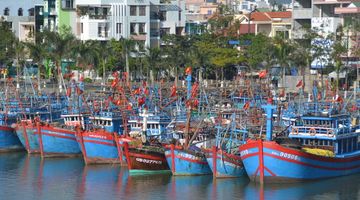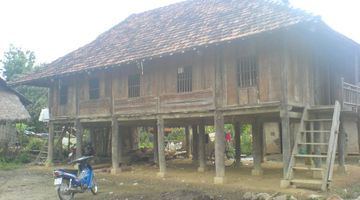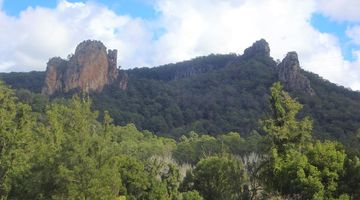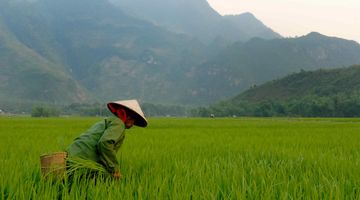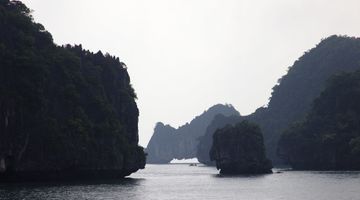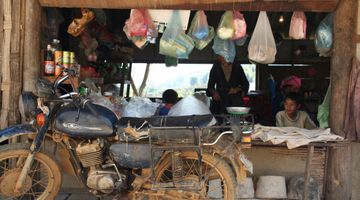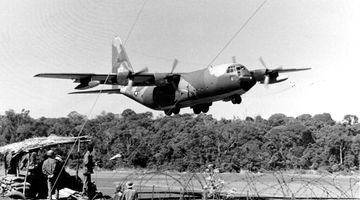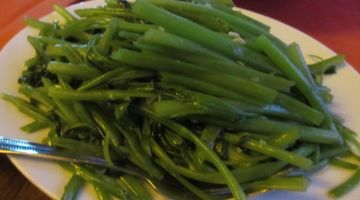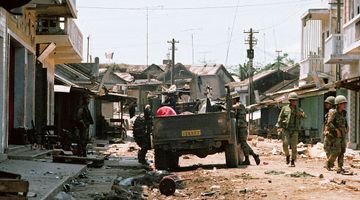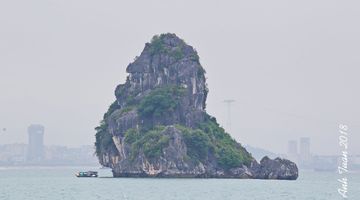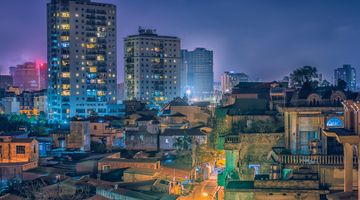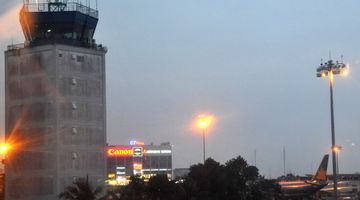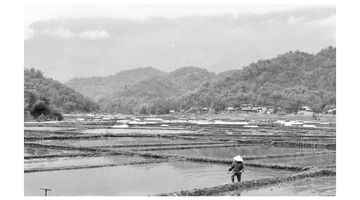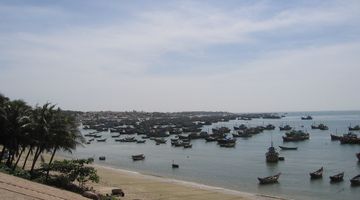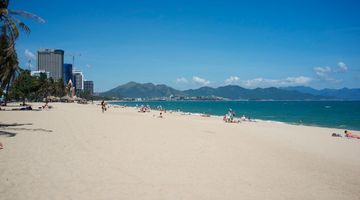Weather in Vietnam
At over 1,600km in length, Vietnam is large enough for separate climates to exist throughout the country.
North
The north of the country sees relatively cold winters, with temperatures falling to 15°C in Hanoi, whilst summer is hot and wet. The best time to visit Hanoi is during spring (March and April) and autumn (October – December), when there are pleasant temperatures throughout. July and August typically see large amounts of rain, and with searing temperatures, sightseeing can be a struggle.
However, Vietnam is a land of extremes. The far north, including Sapa, can see snow in winter and searing 45°C temperatures in the same year. Sapa’s weather is famously unpredictable with bright sunshine and thick fog possible within hours of one another. For anyone travelling to Sapa and the surrounding area in winter, warm clothes are a must as temperatures can drop below freezing. Visiting at this time also runs the risk of missing the region’s stunning scenery as the rice fields are empty and fog can severely impact visibility. Although August is very wet, it offers the best views of the green countryside.
Centre
The Hai Van Pass that intersects the centre of Vietnam and its high mountains creates two distinct climates either side. The northern side of the mountain range experiences hotter summers yet colder winters, whilst the weather in Danang and other areas to the south of the pass is milder year-round.
Typically this region of the country sees hot and dry summers whilst travel between September and February is not recommended as the monsoon conditions can make travelling around the area difficult.
South
Generally, the south of Vietnam has two seasons. There is a wet season (June–November) and a dry season (December–May), with cooler temperatures between December and February making these months the best time to visit. The temperature in the South peaks in April when it hits 33°C daily, so it is essential to bring sun cream and a hat to protect yourself.
The temperatures in Vietnam’s largest city, Ho Chi Minh City, remain steady throughout the year hitting an average high of 31°C in December, whilst April is the hottest month with highs of 35°C. The city is wettest during September and at its driest in February.
There are daily downpours during the rainy season so flooding is not unheard of but the rain does at least help lower the temperature to make it more bearable.
Islands
The monsoon conditions are a factor that needs to be considered when planning a visit to Vietnam’s islands. Phu Quoc, for example, is best avoided between July and September when the monsoon can make travelling around the island almost impossible and the weather is poor. Here, winter is the high season when temperatures are around 25°C between November and March and visitors flock to the island. Although temperatures can soar in April and May ahead of the rainy season, this is also a good time to visit for those looking to beat the crowds.
Health issues
Another thing to consider whilst planning a trip to Vietnam is the presence of mosquitoes. Though the risk of malaria is very low throughout the country, dengue fever is an issue and mosquitoes are present in large numbers especially during the rainy season. All travellers to Vietnam should ensure they use a strong mosquito repellent containing Deet throughout their trip to minimise the risk.


